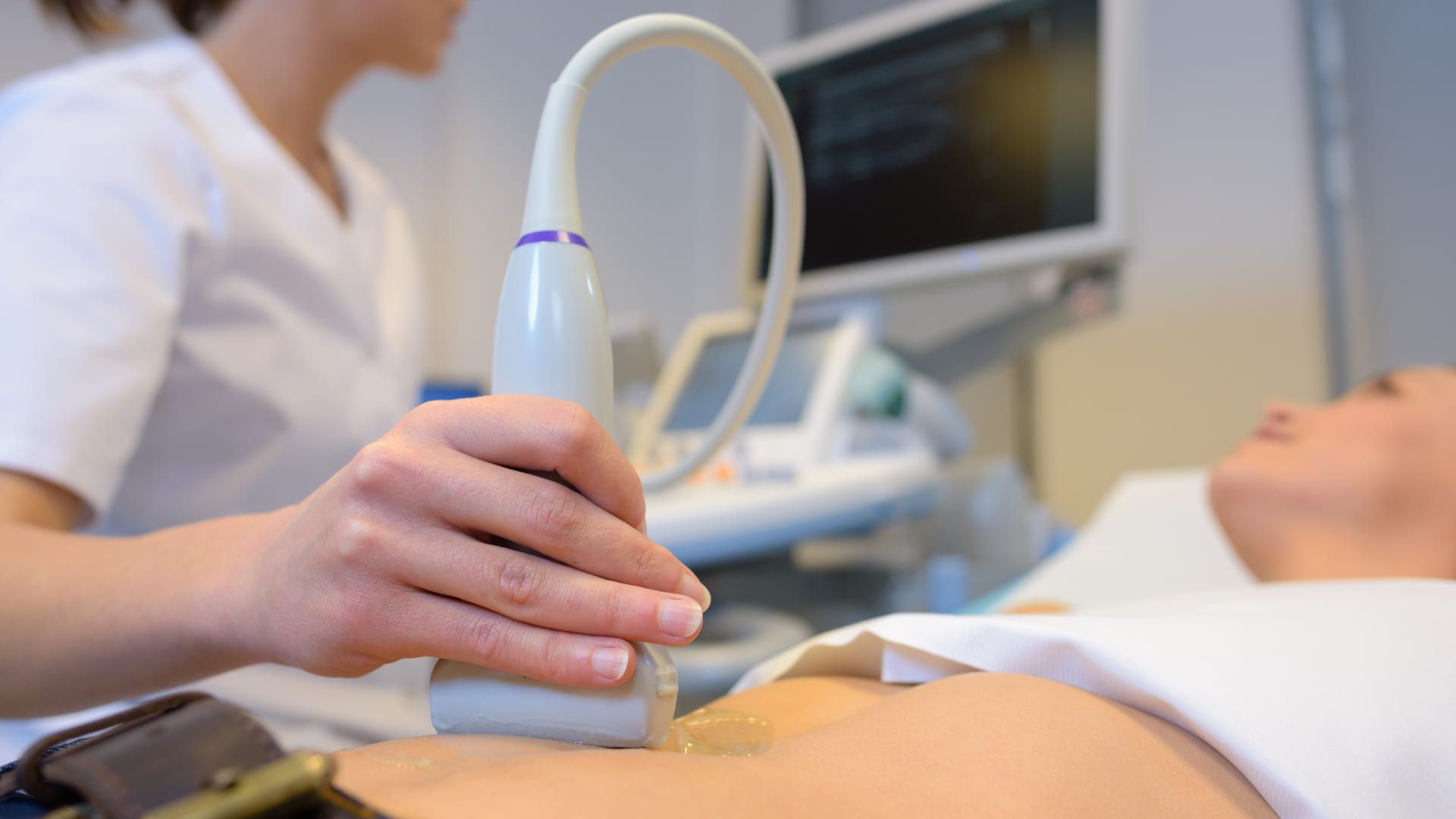First Trimester Screening Ultrasound and Blood Tests Explained

Sarah Johnson, MD

You will likely experience more prodding, prodding, and pressing from professionals throughout your pregnancy than in the past. Thankfully, a lot of these prenatal screenings and procedures, such as urinalyses, blood tests, and ultrasounds, are simple, painless, and extremely helpful in protecting both your and your unborn child's health.
Prenatal testing can identify numerous pregnancy issues early on and provides the most accurate picture of your health and the health of your unborn child. Certain prenatal tests have the potential to save lives, while others offer insights about your unborn child's development, including the possibility of a hereditary or other medical condition.
- What is the first trimester screening?
- What does the first trimester screening include?
- When is the first trimester screening performed?
- What does the first trimester screening look for?
- First trimester screening vs NIPT
- What do results of the first trimester screening mean?
- Next steps after the first trimester screening
What is the first trimester screening?
The First-Trimester Screening is an early, voluntary, non-invasive assessment that combines an ultrasound examination of the fetus with a maternal blood screening test to determine the risk of certain chromosomal abnormalities, such as Down syndrome Trisomy-21 and Trisomy-18.
Apart from detecting these irregularities, a section of the examination called the nuchal translucency test can help detect other noteworthy fetal anomalies like heart problems.
better with Soula

Support for every woman:
✅ A Personalized Plan to reduce anxiety and overthinking
✅ 24/7 Emotional Support whenever you need it Cycle-Aligned Mental Health Tracking — monitor your mood and symptoms in sync with your period
✅ Real-Time Insights into your energy levels and emotional state
✅ Bite-Sized Exercises to help you return to a calm, balanced state — anytime, anywhere
What does the first trimester screening include?
First trimester screening may include:
- Ultrasound test for fetal nuchal translucency. This test uses ultrasound to look at the back of the baby's neck. It checks for increased fluid or skin thickening. These might mean a defect.
- Blood tests. The blood tests measure two substances found in the blood of all pregnant women:
- Pregnancy-associated plasma protein-A. This protein is made by the placenta in early pregnancy. Abnormal levels could mean an increased risk for a chromosome defect.
- Human chorionic gonadotropin. This hormone is made by the placenta in early pregnancy. Abnormal levels could mean an increased risk for a chromosome defect.
- Cell-free fetal DNA screening. This tests the baby's DNA that is in your blood. It checks for certain abnormal chromosomes. It can also check for defects in the fetal sex chromosomes (X or Y). Cell-free fetal DNA screening does not find structural birth defects, such as spina bifida or defects in the abdominal wall.
Your provider may recommend extra ultrasound checks to clarify the results. If first trimester screening is abnormal, you may need more testing for diagnosis. This may include chorionic villus sampling, amniocentesis, or another ultrasound.
When is the first trimester screening performed?
Pregnant women can begin receiving first trimester screening and testing for specific chromosomal disorders during week 10. In the event that the screening findings suggest that your child might have an anomaly, additional diagnostic testing to validate or rule out the diagnosis is available to you.
You will have more time to make medical decisions during your pregnancy and after delivery if you choose early screening and testing.
What does the first trimester screening look for?
Nuchal translucency is frequently associated with excess fluid in infants who are at risk for chromosomal disorders. PAPP-A and hCG levels that are unusually high or low are also frequently observed. Nuchal translucency, hCG, and PAPP-A findings are combined with maternal age risk factors in the first-trimester screen to determine an overall risk factor for chromosomal abnormalities. One of the markers is hCG levels, which can vary for many reasons.
First trimester screening vs NIPT. These indicators are part of routine tests you may need early in pregnancy.
The distinctions are listed below:
1. In the past, first-trimester screening has been the gold standard for conventional prenatal testing.
However, because to recent developments in non-invasive prenatal testing, many couples now prefer these tests over standard prenatal testing (NIPT).
2. The accuracy rate of NIPT is significantly greater than that of first-trimester screening. It is 99 percent accurate in identifying chromosomal problems.
3. To enable parents to make informed decisions, NIPT gives them a better grasp of their child's health.
4. Considering all of the advantages of the NIPT, it should come as no surprise that a growing number of couples are selecting it over the more conventional prenatal testing.
What do results of the first trimester screening mean?
Screening in the first trimester can identify potential birth defects in the unborn child. Towards the conclusion of the first trimester, all expectant mothers are typically provided the screening test. Women over 35 who are considered to be at increased risk may be offered the option of cell-free fetal DNA testing. These screening tests might not be reliable for women who are pregnant with multiples, such as twins or more.
Next steps after the first trimester screening
If needed, additional genetic testing can help clarify the diagnosis. You will have a meeting with your healthcare professional to go over the test findings after they are completed. First trimester screening does not provide a diagnosis and is not always 100% accurate. Your healthcare professional will discuss additional testing to confirm the diagnosis if the results are abnormal. You will be offered genetic testing and counseling if necessary.
It’s normal to feel strong emotions while waiting for clarity. All the information can be overwhelming and lead to decision fatigue, so it’s okay to ask for support. A supportive AI is always here to help you navigate these choices with more calm.














